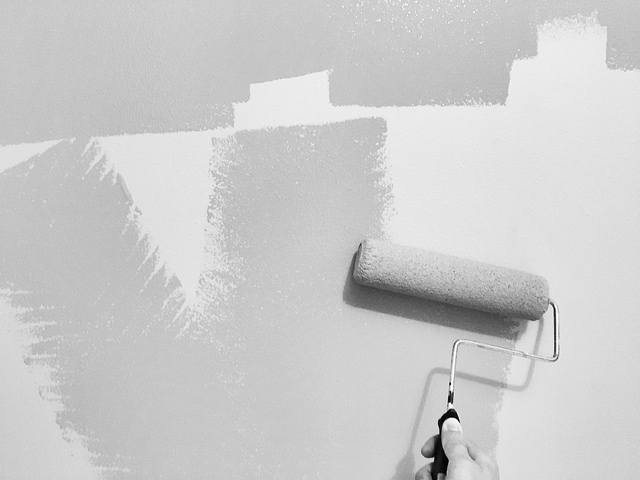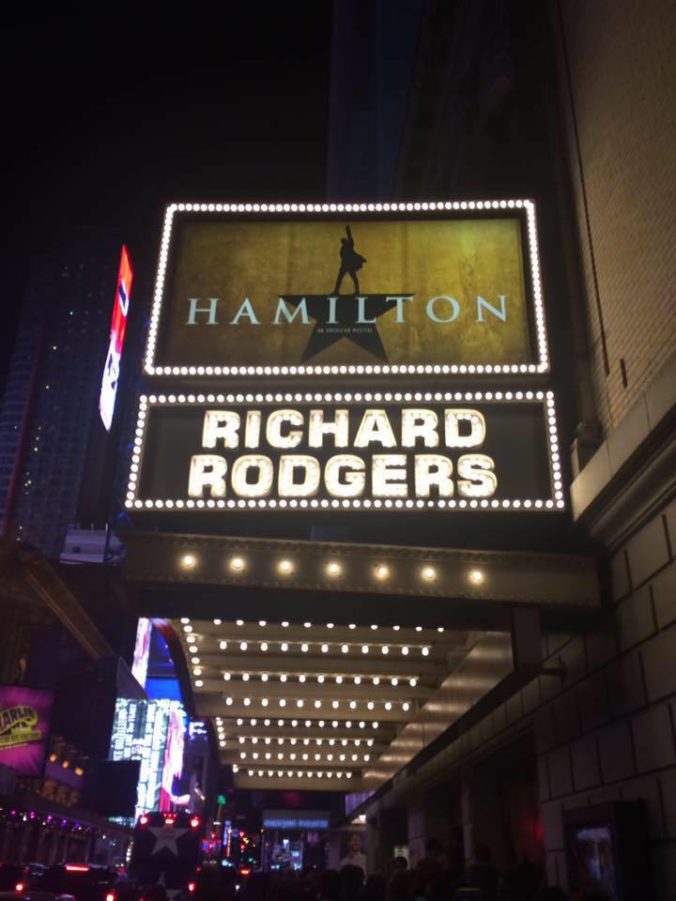To say I’ve been buried in home renovations for the summer is a slight understatement. We took on what is not a little weekend DIY – it involved contractors, HVAC, plumbing. It will someday be beautiful. At the moment, however, it is a blend between drywall-gray and primer-white, accented with the earthy tones of plywood and subflooring. (Please, don’t be so jealous of my glamorous life.)
I simultaneously refinished our dining room table so that it will be ready when we have a dining room again. Originally I had simply spray painted the 70’s table and 8 chairs, but time and children had its way, and now I have to do a real version of painting it. Sanding, primer, primer, paint, paint, touchup, and then a good lacquer to prevent the process from needing a repeat.
Day after day as I dipped my brush in yet another can of pigment, I noticed patterns and, of course, noted the lessons. Namely, if you want the paint to cover the surface well, you need to take it across all angles. I noticed this especially in working with wood, but my ceilings and walls were no different. If you worked in only one direction, yet didn’t get good coverage, you essentially just kept adding paint and then watched it leave drip marks on your hard work. But if you applied horizontally, vertically and with a few angled strokes, the paint would blend into the entire area.
When painting my furniture and walls, my goal is not to get as much paint on the surface as possible. The goal is transformation. I want to change the space I’m living in.
It made me think of how, on the yoga mat and in life, we so often attempt things from only one angle. We try and we try, thinking if we just do more of that thing (eat better, go more often, push harder) that we’ll reach the goal. Often, we end up with just more of the same. But the goal is never more yoga, less carbs, more learning, less toxins (or to make this more spiritual: more books, more prayer, less sin). The goal is transformation.
If adding more of the same isn’t changing your work, perhaps take it from a different angle. Come at it sideways. Ask a question, look at it from the other side. Walk around the thing, change the lighting, maybe even ask a friend to lovingly put their fresh eyes on it to see where you might have missed.
And for heavens sake, wash the brushes thoroughly when you’re finished. The paint is harder to remove with age. (That idea begets its own separate writing. But I have to go paint another room.)


